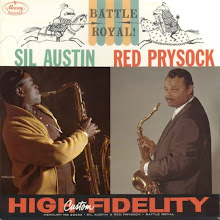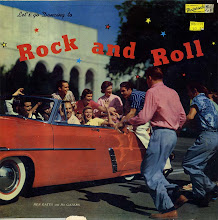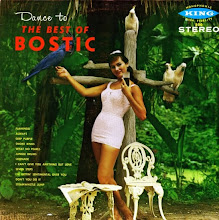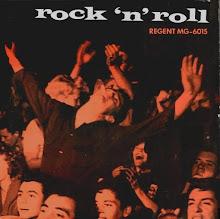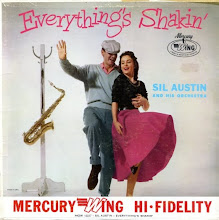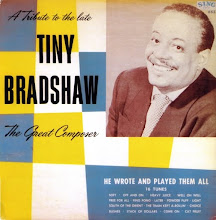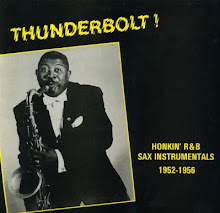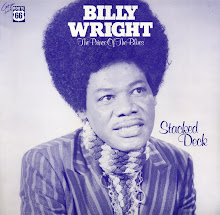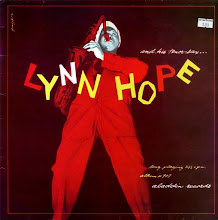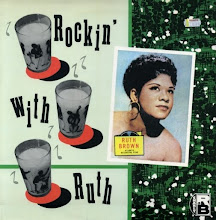Side One:
1. Cat On The Keys pt 1
2. Cat On The Keys pt 2
3. Sugar Cane
4. Clang Clang Clang
5. Mellow Blues pt 1
6. Mellow Blues pt 2
7. Single Shot
8. Cotton Ball pt 2
Side Two:
1. Let's Move
2. Real Real Fine pt 2
3. Gum Shoe
4. Blues Mambo
5. Long Gone pt 2
6. Frog Legs
7. Down In The Dumps
8. Behind The Sun pt 2
Back in the first half of the 1950s the King label of Cincinnati boasted a formidable roster of rhythm and blues bands – Tiny Bradshaw, Todd Rhodes, Bull Moose Jackson, Lucky Millinder, Earl Bostic, Bill Doggett, and the “King of the Two Parter,” Sonny Thompson.
Sonny Thompson’s most successful period as a platter seller was with Miracle Records of Chicago for whom he recorded between 1947 and 1949, a period which saw him have two monster instrumental hits – “Long Gone, Parts 1 and 2” and “Late Freight.” Although he was born in Memphis in 1916, Sonny was raised in Chicago after his family relocated. He studied at the Chicago Conservatory of Music, but it was the night club ivory tinkling of Earl Hines and Art Tatum which had the biggest influence on his musical career. In the early 1940s Sonny followed in the footsteps of the masters, playing solo piano or heading up a trio on the club circuit around the Windy City.
His recording debut was for the small Detroit based Sultan label where he recorded two solo boogie woogie sides, “Southside Boogie” and Sonny’s Boogie.” In 1946 the Miracle record label was launched by Lee Egalnick in Chicago. Sonny was soon recording for the new diskery along with Gladys Palmer, The Dick Davis Orchestra, Memphis Slim, Eddie Chamblee, and The Sharps and Flats. The full story of Miracle Records and the early career of Sonny Thompson can be read on this page of the Red Saunders Research Foundation website which is a superb source of info on the Chicago R&B scene.
“Long Gone, Parts 1 and 2” was recorded towards the end of 1947 during the period when record companies were piling up recordings in anticipation of the AFM recording ban which would come into force on January 1st 1948. On Part 1 Sonny was accompanied by the Sharps and Flats, a jive trio featuring guitar, bass and drums. This side of the disc was a showcase for Sonny’s piano playing and the guitar of Arvin Garrett. Part 2 was recorded a few days later with Eddie Chamblee’s tenor sax being added to the same personnel as Part 1. Although “Long Gone” was Miracle’s biggest selling disc, a court case brought by a publishing company claiming copyright infringement may have been one of the causes of the demise of the record company in the spring of 1950. By the time Miracle was wound up, Sonny Thompson had already moved over to King Records for whom he started recording in January 1950.
This collection, which was released on Swingtime in 1988, brings together a heap of instrumentals recorded by Sonny for King between 1950 and 1956, with “Long Gone, Part 2” being the only track from his Miracle days. In fact King purchased most of the masters belonging to the defunct Miracle in October 1950.
“Mellow Blues, Parts 1 and 2” was the only instrumental chart hit for Sonny on King, the disc reaching number 8 in the R&B chart in 1952. Sonny’s only other hits with King were both vocal efforts featuring Lula Reed: “I’ll Drown In My Tears” reached number 5 in July 1952 and “Let’s Call It A Day” reached number 8 a month later. And yes, “I’ll Drown In My Tears” is the same song which was later recorded by Ray Charles as “I’ll Drown In My Own Tears.”
Despite the lack of chart success, the tracks on this LP are all excellent instrumentals which show the versatility of Sonny’s tight little group. Most of the sax work is by David Brooks and the electric guitar parts are by Chauncey “Lord” Westbrook, Bill Johnson and perhaps most notably, Clarence Kenner. It’s all fine jazzy stuff with dance floor fillers like “Cat On The Keys” (irresistible!), juke box toe tappers like “Let’s Move” and “Real Real Fine” and slinky late night smoochers like “Mellow Blues” and “Cotton Ball.” The 1956 track “Gum Shoe” has a searing tenor sax solo by King Curtis. This side was cut at what was effectively Sonny’s last session for King as the artist named on the disc label.
Sonny’s work on King wasn’t confined to recording his own sides. He was in demand as backing musician, producer and arranger on sides credited to other artists, most notably Wynonie Harris and Lula Reed (who recorded both as a solo and as Sonny’s band vocalist). Among the sides he cut with Harris were “Greyhound,” “Rot Gut,” “Shake That Thing” and “Git To Gittin’ Baby.” All fine rabble rousing rhythm and blues floor shakers, but sadly unsuccessful when it came to shifting platters. As the 1950s wore on Sonny gradually abandoned his own recording career in favour of his backing and arranging duties, perhaps being best remembered for his work with Freddie King in the early 1960s.
My thanks to Joan for the scans of 1950s EPs and singles by Sonny Thompson. A folder of Joan's scans is included in the download.
Ripped from vinyl at 320 kbps.
1. Cat On The Keys pt 1
2. Cat On The Keys pt 2
3. Sugar Cane
4. Clang Clang Clang
5. Mellow Blues pt 1
6. Mellow Blues pt 2
7. Single Shot
8. Cotton Ball pt 2
9. Let's Move
10. Real Real Fine pt 2
11. Gum Shoe
12. Blues Mambo
13. Long Gone pt 2
14. Frog Legs
15. Down In The Dumps
16. Behind The Sun pt 2
Recommended purchases:
Blue Moon has issued five volumes of Sonny’s recordings on CD, covering the years 1946 – 1955.
You may find these two out of print CDs if you search around:
Jam Sonny Jam – Original Miracle and King Masters 1947-1956 (Sequel NEM CD 900)
This is a twenty tracker which includes “Screamin’ Boogie” recorded with the Dick Davies Orchestra and many alternate takes. Very highly recommended.
“The EP Collection” (See for Miles SEECD 702)
This 26 track collection includes six sides by Lula Reed. Her 1952 hits “Let’s Call It A Day” and “I’ll Drown In My Tears” are present as are four extremely tough and gutsy performances from a 1961 session: “I Got a Notion,” “Puddentane,” “I’m A Woman, But I Don’t Talk” and “I Know.” These represent a change in style from her early 1950s work and are very highly recommended, as are all the instrumental tracks by Sonny on this collection.















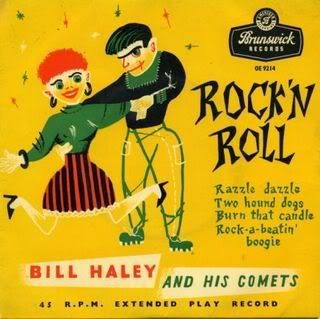














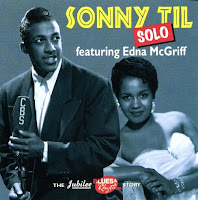




















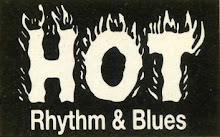
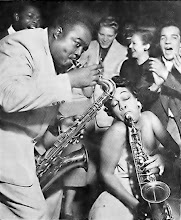





.jpg)

%2045%20-%201003A.png)
















